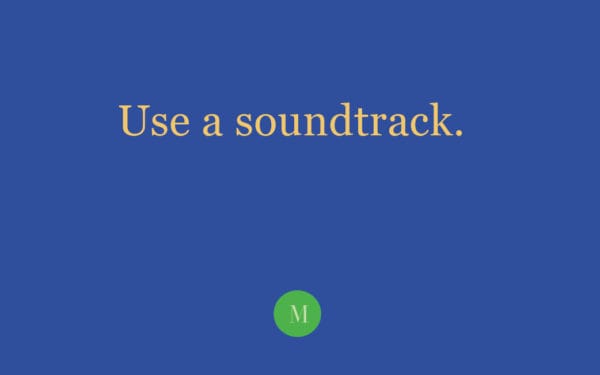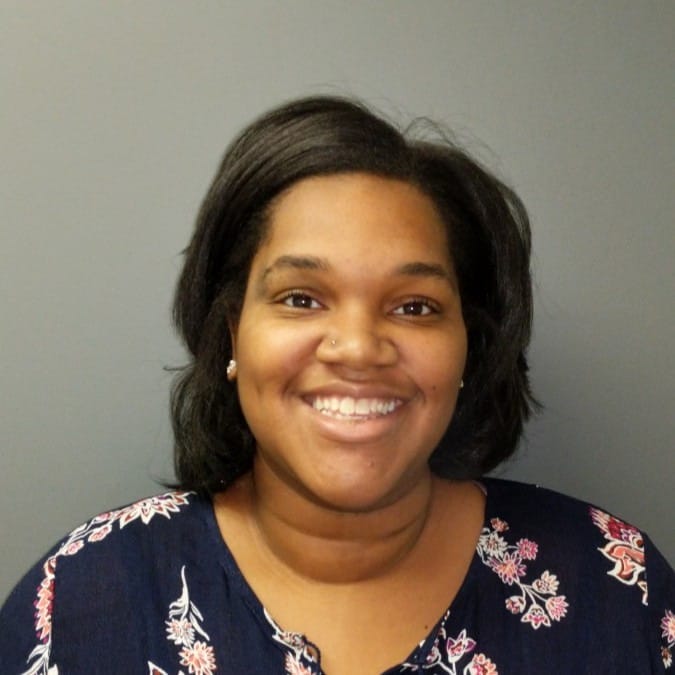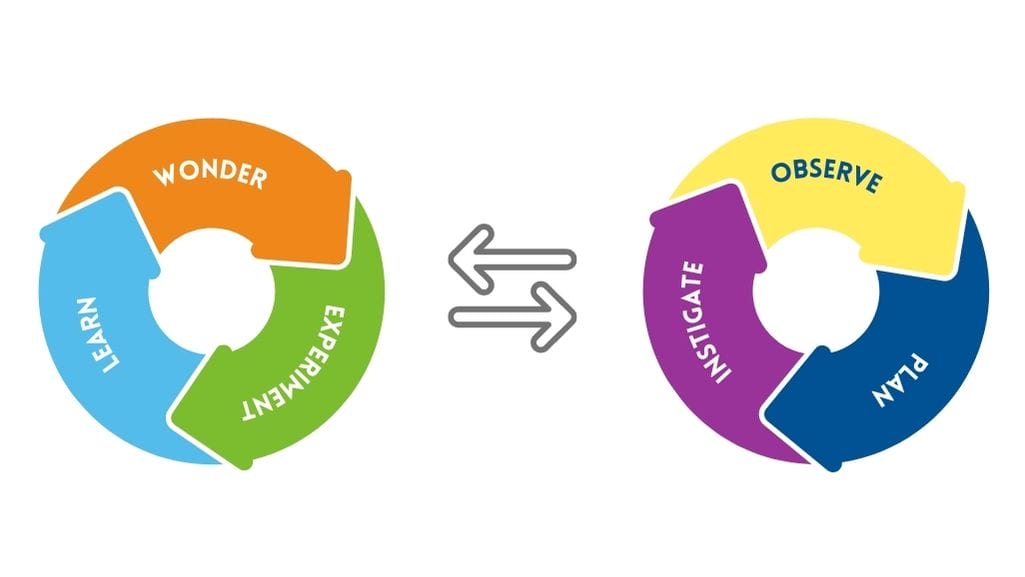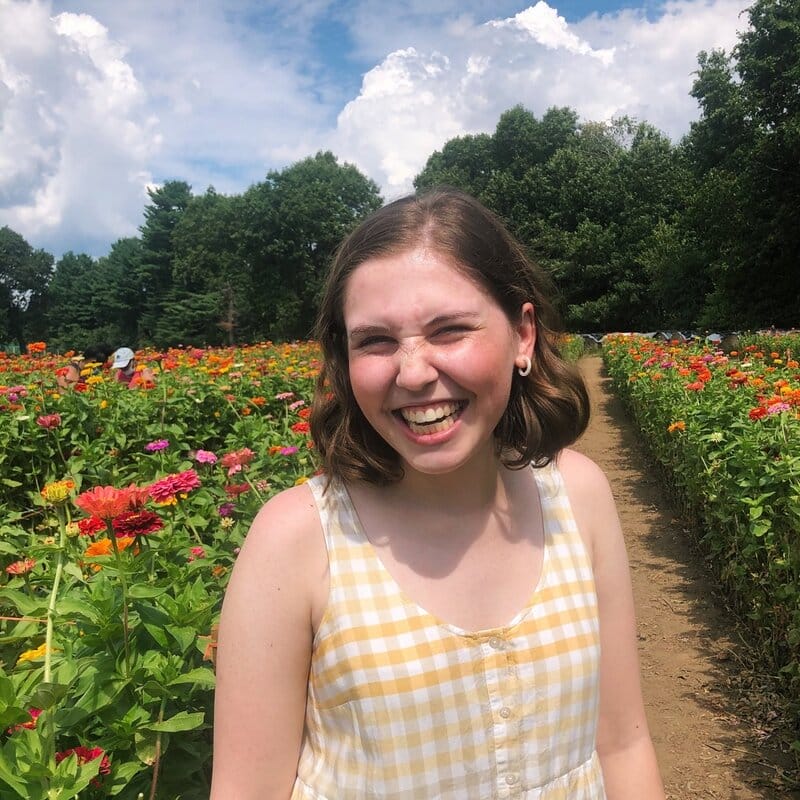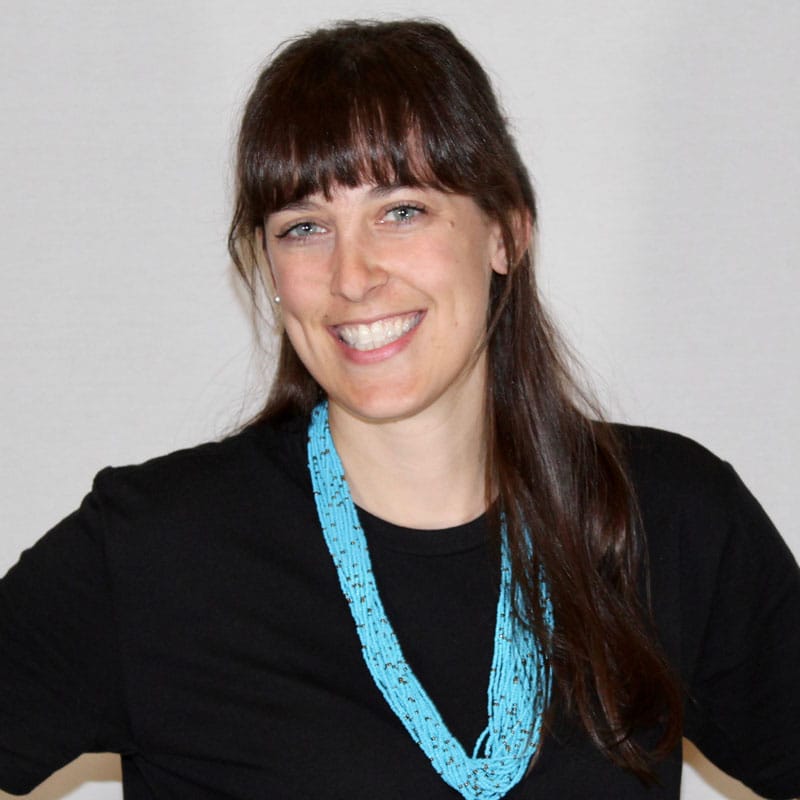January 20, 2016
(Photos courtesy of Zia Hassan)
This piece was written by Zia Hassan, a 2013 Inspired Teaching Fellow and third grade teacher at Truesdell Education Campus, a DC Public School.
They say that teaching is an art. As such, teachers should allow their practice to be influenced by the habits, cultures, and attitudes of the best artists.
Brian Eno, Chuck Jones, and Howard Gardner Share a Meal
Two of the best artists I can think of are Chuck Jones and Brian Eno.
Jones did all the Looney Tunes work. Not only did he understand his craft with remarkable depth, but he also believed that discipline is the act of setting constraints on yourself. His embodiment of this sort of discipline resulted in characters like Marvin the Martian (what about a character with eyes but no face?) and Bugs Bunny (or a character who only fights when provoked?).
Eno is the inventor of ambient music, and he has a way of looking at art that breaks boundaries almost immediately. He approaches a creative problem with a completely different set of assumptions than his colleagues or sometimes abandons his assumptions entirely. Even though he’s an artistic visionary, he conducts his day-to-day work more like a scientist. Eno’s a big believer in systems. In fact, some of his musical pieces were created using a computer algorithm. Eno would set the parameters and the piece would develop on its own through a process called “generative music.” He invented many tools with which to scientifically generate creative work.
A Different Kind of Lesson Planning Tool
One such tool Eno used is the “Oblique Strategies,” a deck of cards for when he was stuck or needed some fresh perspective in a recording session.
“Make a blank valuable by putting it in an exquisite frame,” one card reads. “Work at a different speed,” reads another one. The text is non-specific. It doesn’t point you in any one direction, but it jiggles your brain and forces you to create a new constraint, thereby allowing you to view the work from a previously hidden vantage point.
Learning experiences? They’re pieces of art, too. I’ve seen enough beauties over the past two or so years to fill an entire gallery. Experiences that began as constraints like:
“What if I told half the room a secret?”
“How about if I instructed using only my hands?”
“What if I allowed students to pass notes?”
“Is the classroom the best place for learning?”
“Why is this topic important to our community?”
“What if students wielded the thing that fascinates them?”
I started collecting these provocations. I scribbled them onto the backs of pamphlets at PDs, emailed myself from grad class, and updated a text file anytime I saw a teacher create a rich learning experience for their students. I imagined what constraint the artist/teacher may have made for themselves when they planned the experience, and then added it to the list. Inspired by Eno’s Oblique Strategies, I dreamed of making my own deck of cards for teachers, one that would help cultivate deep learning experiences.
During winter and spring breaks, I designed the deck and created a website where anyone can come and “pull” a virtual card to feed their inspiration. I called it the MI Deck. The first thing you see when you load up the site is text from one of the cards. Below the text is a letter, which represents one of Gardner’s Multiple Intelligences. Click the shuffle button as many times as you want to read more cards. It’s a bit like a fortune cookie for teachers planning lessons, and it connects to the work of Eno, Jones, and Gardner.
How I Use the Deck
Objective: Students will write an informative essay to compare the economy and mood of today with that of the 1940’s (RI 5.2, RI 5.9).
MI Card:
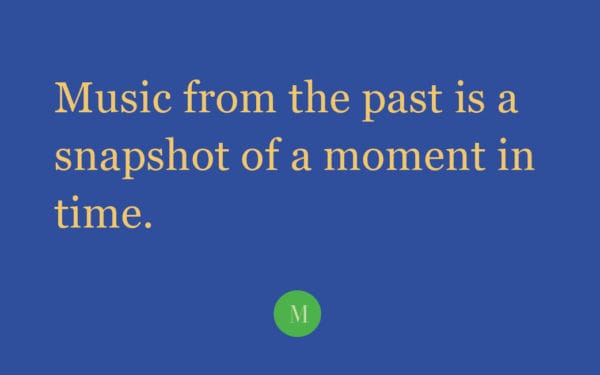 How I Used It: I played the song Blue Skies by Irving Berlin on my guitar and sang it while students read the lyrics. We had already built background knowledge about the Great Depression, so we talked about why a songwriter would juxtapose this happy song against such a difficult time in US history. It was a great lead-in to the work and activated students’ musical, verbal, and interpersonal minds.
How I Used It: I played the song Blue Skies by Irving Berlin on my guitar and sang it while students read the lyrics. We had already built background knowledge about the Great Depression, so we talked about why a songwriter would juxtapose this happy song against such a difficult time in US history. It was a great lead-in to the work and activated students’ musical, verbal, and interpersonal minds.
Objective: Students will describe how setting contributes to the mood of the first chapter of A Wrinkle in Time (RL 4.3).
MI Cards:
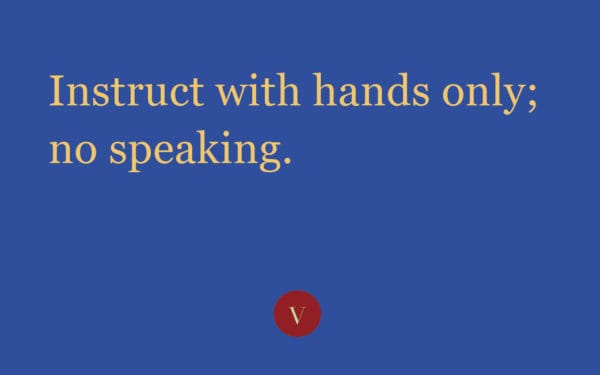 How I Used Them: The first chapter of A Wrinkle in Time is dense and has a lot of unfamiliar vocabulary for 4th graders, so to engage them and help English Language Learners understand the mood/feeling of the text, I brought in a record player with a vinyl record that plays a 20 minute hailstorm, similar to the one that the characters experience in the story. I began with the record player on the floor and the record on top, and using only my hands, I instructed students how to set up the record player and how to start playing the record. As soon as the rainstorm sounds began, I started reading. The whole thing felt very special and magical, bigger than your usual read aloud.
How I Used Them: The first chapter of A Wrinkle in Time is dense and has a lot of unfamiliar vocabulary for 4th graders, so to engage them and help English Language Learners understand the mood/feeling of the text, I brought in a record player with a vinyl record that plays a 20 minute hailstorm, similar to the one that the characters experience in the story. I began with the record player on the floor and the record on top, and using only my hands, I instructed students how to set up the record player and how to start playing the record. As soon as the rainstorm sounds began, I started reading. The whole thing felt very special and magical, bigger than your usual read aloud.
Objective: Students will describe how the perspective in “The True Story of the Three Little Pigs” is different than the one in the original story (RL 4.6, RL 4.2).
MI Card:
 How I Used It: This was their first experience thinking about perspective, so we started by looking at optical illusions. The one that surprised them the most was the dress illusion. When they realized half the class saw the dress as white/gold and the other half saw it as blue/black, the idea of perspective began to sink in. We discussed how the same event can look completely different to different people and how this idea is at the core of social studies. This stimulated visual and linguistic intelligences.
How I Used It: This was their first experience thinking about perspective, so we started by looking at optical illusions. The one that surprised them the most was the dress illusion. When they realized half the class saw the dress as white/gold and the other half saw it as blue/black, the idea of perspective began to sink in. We discussed how the same event can look completely different to different people and how this idea is at the core of social studies. This stimulated visual and linguistic intelligences.
Objective: Students will identify the components of a “Hero’s Quest” according to Foster and, in groups, will develop examples of each component (RL 4.1, 4.9, 4.8).
MI Card:
 How I Used It: Each table team was assigned one of the elements of the hero’s quest (quester, challenges, stated reason for going, etc). They came up with one example of their given component independent of other groups and I wrote down each group’s response on the board, creating a weird mad-lib mega quest (filled with things like “Superman has to go to the bank to get a slurpee, but he encounters an ice breathing dragon”). Then, we acted out the scenes and used objects in the room as props. My favorite was someone using a blue piece of construction paper as the ice-breathing dragon. This activity stimulated students’ kinesthetic and verbal intelligences.
How I Used It: Each table team was assigned one of the elements of the hero’s quest (quester, challenges, stated reason for going, etc). They came up with one example of their given component independent of other groups and I wrote down each group’s response on the board, creating a weird mad-lib mega quest (filled with things like “Superman has to go to the bank to get a slurpee, but he encounters an ice breathing dragon”). Then, we acted out the scenes and used objects in the room as props. My favorite was someone using a blue piece of construction paper as the ice-breathing dragon. This activity stimulated students’ kinesthetic and verbal intelligences.
Without these provocations, my planning process would have probably resulted in less engaging learning experiences. That’s because rich learning experiences are a result of creativity, which is the process of linking two seemingly unrelated ideas. The MI Deck provides teachers with seeds to generate their ideas, thereby enabling the creative process in lesson planning.
If you have an idea for a card, please e-mail me at ziasami@gmail.com.
